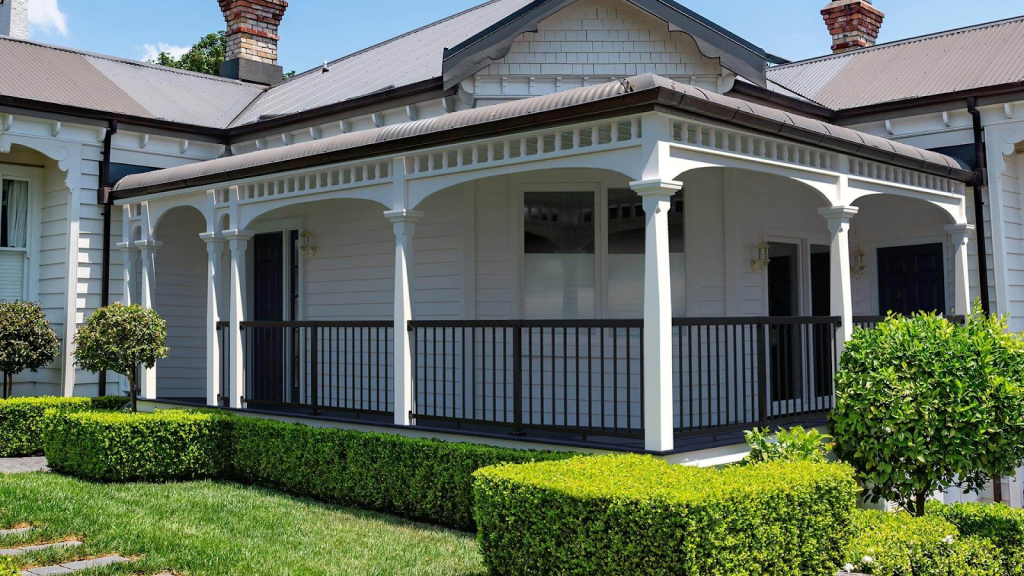Understanding the Importance and Benefits of Balustrades

When constructing or renovating any building, safety and aesthetic appeal are critical factors to consider. One element that serves both purposes effectively is the balustrade. A Balustrade provides not only a functional barrier but also enhances the visual appeal of a space.
What is a Balustrade?
A balustrade is a row of small columns topped by a rail, used as a barrier or guardrail at the edge of a balcony, terrace, staircase, or deck. It serves the dual purpose of providing protection from falls and contributing to the architectural style of a building. Historically, balustrades have been constructed using materials such as wood, stone, and metal, with aluminium being an increasingly popular choice due to its strength and lightweight properties.
The Importance of Balustrades in Modern Architecture
In modern architecture, balustrades are integral both for safety compliance and aesthetic versatility. They prevent accidents by providing a sturdy barrier on raised platforms and alongside staircases. This is crucial for both residential and commercial properties, ensuring safety for users of all ages and abilities.
Safety Regulations and Compliance
Building codes and regulations often mandate the installation of balustrades in certain scenarios. Compliance with these regulations is essential to avoid potential hazards and legal issues. By adhering to safety standards, property owners can ensure the wellbeing of occupants while also meeting insurance requirements. These safety standards dictate the design, height, and strength requirements for balustrades, which must be strictly adhered to.
Enhancing Aesthetic Appeal with Balustrades
Beyond their functional role, balustrades significantly influence the aesthetics of a building. The design options are virtually limitless, with variations in materials, finishes, and styles catering to every architectural preference. Aluminium balustrades, in particular, offer a sleek and modern look that complements contemporary architectural designs. Their corrosion resistance also means they maintain their appearance over time, even in outdoor settings.
Material Choices and Their Benefits
The choice of material for a balustrade impacts both its functional and aesthetic properties. While traditional materials like wrought iron and wood are still popular, aluminium offers advantages in terms of durability, maintenance, and cost-efficiency. Aluminium is light yet strong, resistant to environmental factors, and requires minimal upkeep compared to other materials.
Installation Considerations for Balustrades
Proper installation of balustrades is crucial to ensure their effectiveness in preventing accidents and enhancing design. Professional installation ensures that all components are securely integrated and that the balustrade complies with regulatory standards. Poor installation can lead to weak points in the structure, potentially leading to safety hazards.
Customising Balustrades for Unique Needs
Customisation options allow property owners to tailor balustrades to their specific needs and tastes. From the choice of material and finish to the style of the balusters, every detail can be personalised. Custom balustrades can also incorporate features such as integrated lighting or decorative elements, adding value and uniqueness to a property.
Conclusion: The Integral Role of Balustrades
In summary, balustrades play an essential role in both the safety and design of modern structures. Their ability to serve as a protective barrier while enhancing visual appeal makes them a valuable addition to any architectural project. When choosing balustrades, it is important to consider factors such as material, compliance with safety standards, and aesthetic preferences. By doing so, property owners can ensure both functionality and beauty in their projects.



Leave a reply